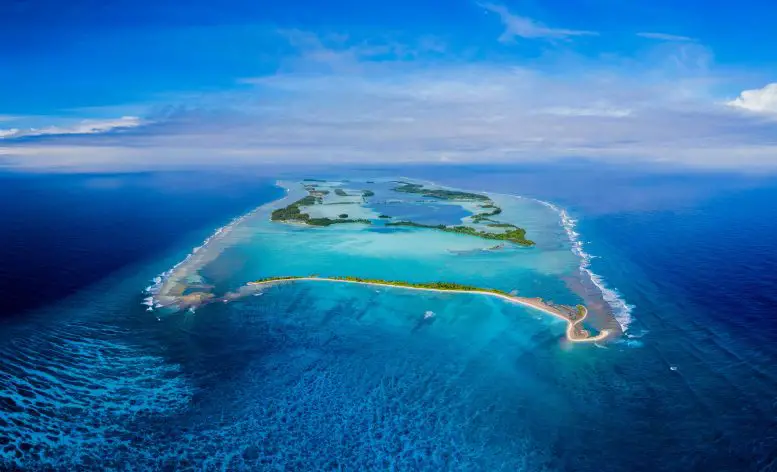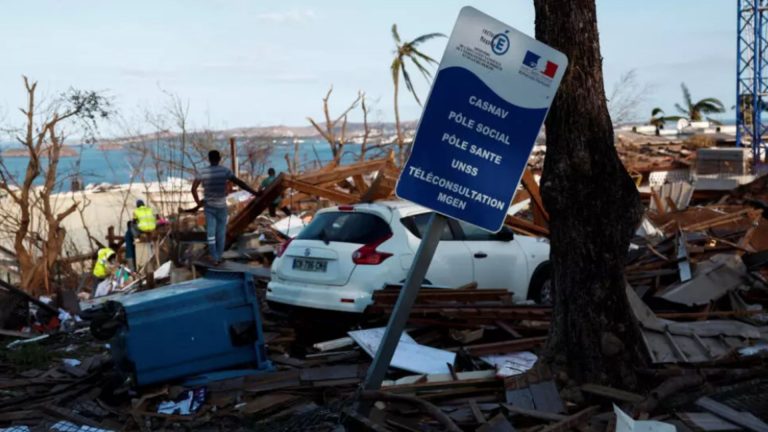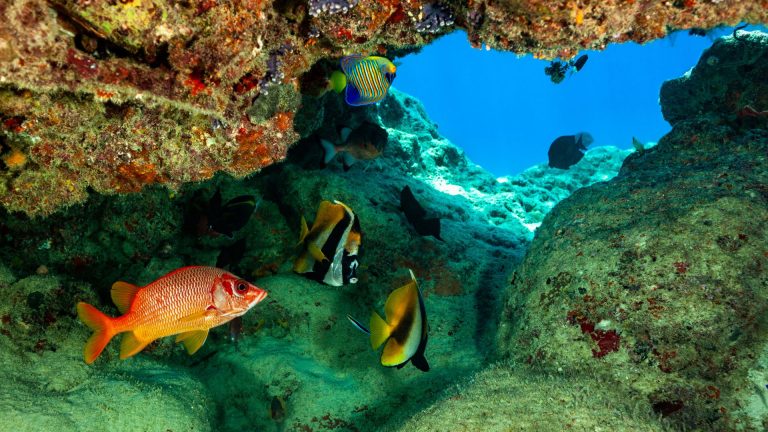Photo: Aerial view of Palmyra Atoll. Credit: © 2023 KAUST; Richard Brooks. Retrieved from scitechdaily.com
Excerpt from scitechdaily.com
Scientists have found that unique ocean processes during El Niño events can help coral reefs survive the heat stress brought by climate change. Specifically, the strengthened North Equatorial Counter Current during El Niño brings cooler, nutrient-rich waters to some reefs, helping them resist heat-induced bleaching. The findings could inform future conservation strategies for coral reefs.
Marine heatwaves are emerging as a key impact of climate change and pose a particularly significant threat to corals that form the backbone of coral reefs. Researchers have now identified a phenomenon that could help coral reef managers better plan and act for the future.
Every few years, the cyclic climate pattern called El Niño arises in the tropical Pacific, causing significant changes in winds, weather, and ocean temperatures. From April 2015 to May 2016, the Central Pacific witnessed one of the strongest El Niño events ever recorded.
Coral reefs were so stressed by the warmer ocean temperatures that they experienced mass bleaching, whereby the stress caused corals to expel their symbiotic algae and become white. Now, scientists at KAUST along with international colleagues have identified localized ocean processes during this El Niño that provided much-needed sustenance to the coral reefs on the Central Pacific island of Palmyra, allowing them not only to survive, but to thrive. Their findings improve understanding of how and why coral reefs respond differently to stress.






















